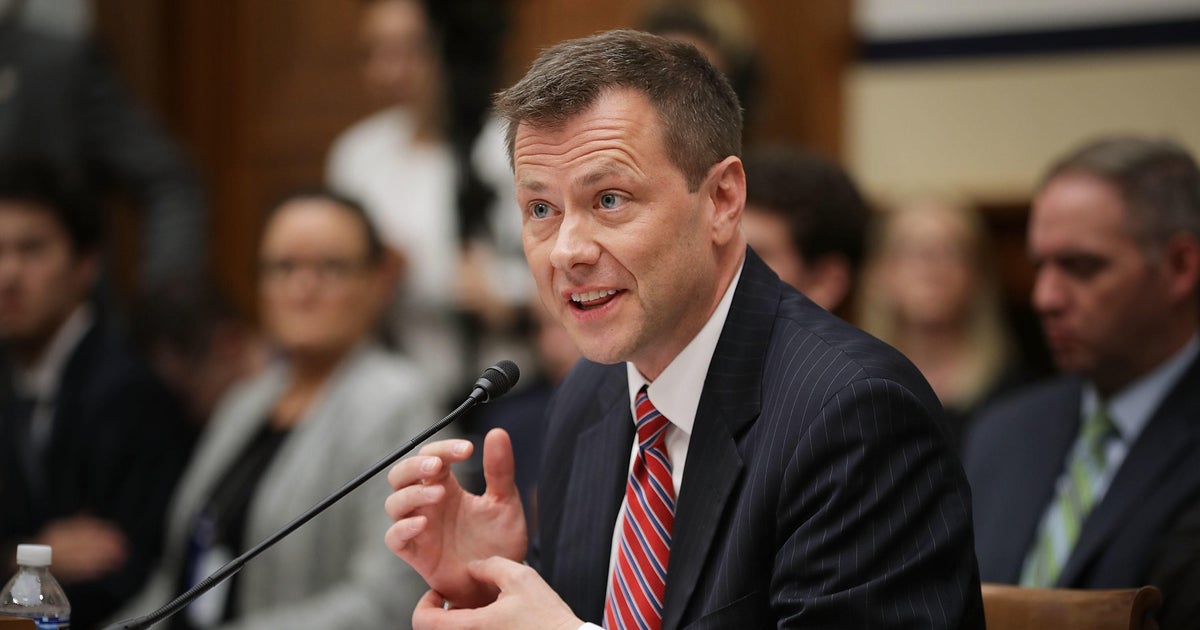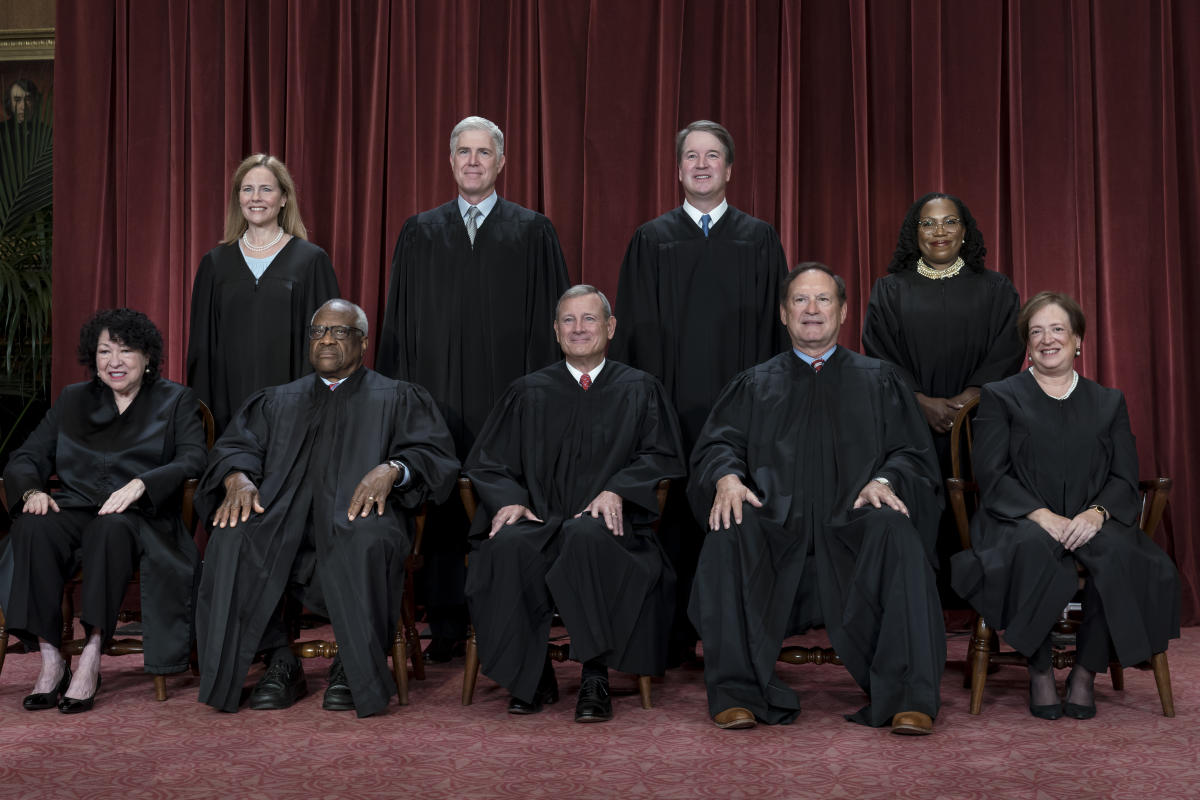On Thursday, the U.S. Department of Health and Human Services (HHS) will allow the federal public health emergency due to the COVID-19 pandemic to expire, but not everyone sees this as a cause for celebration. HHS Secretary Xavier Becerra had extended the state of emergency for 90 days in February, indicating at the time that it would be the last extension.
A month after President Biden signed a Republican-backed bill rescinding a separate national COVID emergency declared by President Trump in March 2020, and six days after the World Health Organization declared the global COVID health emergency over, the latest news appears to be to be the cornerstone of building consensus that COVID-19 is no longer a crisis.
But more than 1,000 Americans are still dying from COVID every week, and countless others are developing debilitating long COVID-19, so disability advocates argue it’s dangerous and irresponsible to ignore protections associated with the disability emergency public health.
“We called the fire department while the house was still on fire because the neighbors wanted it to be over,” said Laurie Jones, executive director of #MEAction, an organization that advocates for people with myalgic encephalomyelitis, a chronic fatigue condition. that a large proportion of long-term COVID patients are developing, during a press conference on Wednesday.
Here’s a guide to what the expiration date means and what some say you shouldn’t forget.
What had already changed
The national emergency that ended last month had given the federal government a wide range of powers over the economy. For example, it gave the Department of Housing and Urban Development (HUD) the ability to create the COVID-19 Mortgage Forbearance Program. That program expires at the end of May, and the Department of Veterans Affairs has returned to requiring home visits to determine eligibility for a program that pays home health care providers.
What will change now?
The public health emergency that ended May 11 allowed the federal government to freely offer COVID-19 testing, treatments like Paxlovid and vaccines. Americans with Medicare or private insurance have been able to get up to eight COVID tests per month at pharmacies with no copay. (Medicaid rules vary by state.) Therapeutic treatments such as monoclonal antibodies are fully covered by Medicare and Medicaid.
That’s all going to change. Medicare beneficiaries will now have to cover some of the costs of at-home COVID testing and for COVID treatments. Essentially, COVID will be covered in the same way as other conditions. People with Medicaid coverage will receive free vaccines and COVID tests if ordered by a doctor, but they will have to pay out of pocket for at-home tests. Those with private insurance may have to pay for tests, even if ordered by a doctor, and for COVID treatments.
“People are going to have to start paying some money for things that they didn’t have to pay for during the emergency,” Jen Kates, a senior vice president at the Kaiser Family Foundation, told CNN when the May 11 deadline was first announced. “That’s the main thing people are going to notice.”
Tests will remain free until the government-bought supply runs out.
There will also be less extensive monitoring of the spread of COVID-19. Infections will no longer be monitored, only hospitalizations, and the Centers for Disease Control and Prevention (CDC) will no longer provide a color-coded assessment of the severity of COVID-19 in each county.
Perhaps most controversially, Title 42, a Trump-era part of the public health emergency that allowed the U.S. to quickly remove migrants, will expire. Officials expect a subsequent surge of migrants at the southern border. In response, Republicans in Congress are pushing for a bill to bring back some of Trump’s immigration policies, including building a border wall.
What won’t change
Vaccines remain free to anyone with health insurance because of federal laws, including the Affordable Care Act and pandemic relief bills.
For those without insurance, all these benefits have already become costly, as federal funds for free COVID-related health care for uninsured people ran out late last year.
Which is separate from the emergency situation
A March 2020 COVID relief bill prohibited states from removing anyone from Medicaid during the public health emergency, but Congress already reversed that last year, with states suspending Medicaid coverage starting April 1 of this year could withdraw. Millions of people, including an estimated 6.7 million children, could lose coverage as a result.
Food stamp benefits were also increased as part of a 2020 relief measure, but that expired in March.
The expanded access to telehealth established during the public health emergency will be maintained separately until the end of 2024.
What high-risk populations may still need
Many people with disabilities are at greater risk of contracting COVID-19 or developing severe symptoms due to previous conditions such as a weakened immune system. Disability advocates worry that without free access to testing and treatment, some people won’t be able to protect themselves. They note that free access could be expanded through separate legislation rather than an extension of the emergency.
To protect those most vulnerable to infection, disability rights activists argue that mask mandates should still be in place in health care settings — although that is administered at the state level — and that the CDC should still monitor COVID numbers so that people make informed decisions about how much to release publicly.
“The push to end public health [emergency] was huge, but it didn’t have to be an either/or situation,” Jones said Wednesday. “It could be both/and. We could have helped people reenter the world while they were still in a hospital wearing masks, tracking COVID numbers and alerting people to surges in their area. We could still offer free testing and free treatment.”
Some public health experts agree, warning that new variants of the coronavirus could prove more transmissible or more deadly. “The need for active management of the virus remains. Many thought the pandemic would be over by spring 2021,” Julia Raifman, a professor of public health at Boston University, told Yahoo News in April. “Unfortunately, we were not prepared for new variants and lost hundreds of thousands of lives in the months that followed. By actively monitoring COVID, continuing the work to help people get vaccinated and getting a boost, and having policies and supplies in place to address new variants, we can ensure we don’t get like this again will see a high, avoidable toll.”






